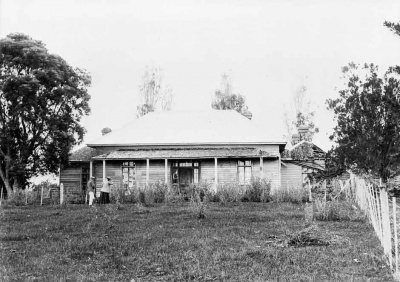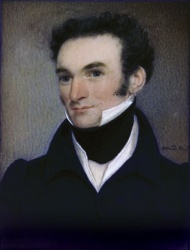Personal details
Full Name:
- James Busby
Lifetime:
- 7 Feb 1802–15 Jul 1871
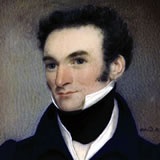 James Busby
James Busby
Edinburgh-born James Busby was British Resident, a consular representative, in New Zealand from 1833. Based at Waitangi in the Bay of Islands, he was given little material support to achieve British policy aims, but in early 1840 he helped William Hobson draft the Treaty of Waitangi.
Read more...Events In History
-
 28 October 1835Declaration of Independence signed by northern chiefs
28 October 1835Declaration of Independence signed by northern chiefsThirty-four northern chiefs signed a Declaration of Independence at a hui called by the British Resident, James Busby, at his home at Waitangi in the Bay of Islands. This was one of several events that led eventually to the signing of the Treaty of Waitangi in 1840. Read more...
-
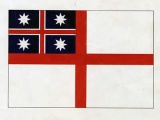 20 March 1834NZ's first flag chosen
20 March 1834NZ's first flag chosenChiefs from the Far North met with James Busby at Waitangi to choose a flag to represent New Zealand on ocean-going ships. Read more...
-
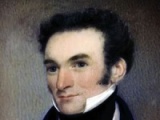 17 May 1833James Busby inaugurated as British Resident
17 May 1833James Busby inaugurated as British ResidentHundreds of Māori greeted new British Resident in New Zealand, James Busby, when he came ashore at the Paihia mission station on 17 May 1833. The ceremony that followed was the first formal meeting between Māori chiefs and the representative of a great power. Read more...
-
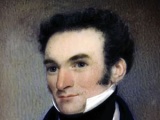 5 May 1833James Busby arrives in the Bay of Islands
5 May 1833James Busby arrives in the Bay of IslandsJames Busby arrived in the Bay of Islands, the first tentative step along a path that led to the signing of the Treaty of Waitangi seven years later. Read more...
Articles
Treaty timeline

See some of the key events between 1800 and 1849 relating to the Treaty of Waitangi.
- Page 1 - Treaty events 1800-49See some of the key events between 1800 and 1849 relating to the Treaty of Waitangi.
The Treaty in brief

The Treaty of Waitangi is New Zealand’s founding document. It takes its name from the place in the Bay of Islands where it was first signed, on 6 February 1840. The Treaty is an agreement, in Māori and English, that was made between the British Crown and about 540 Māori rangatira (chiefs).
- Page 1 - The Treaty in briefThe Treaty of Waitangi is New Zealand’s founding document. It takes its name from the place in the Bay of Islands where it was first signed, on 6 February 1840. The Treaty is an
Taming the frontier

In 1832 James Busby was appointed as the official British Resident to New Zealand. After arriving in the Bay of Islands in May 1833 he took steps to tame what he saw as a chaotic frontier society.
- Page 1 - Taming the pre-1840 frontierIn 1832 James Busby was appointed as the official British Resident to New Zealand. After arriving in the Bay of Islands in May 1833 he took steps to tame what he saw as a chaotic
Flags of New Zealand

The New Zealand flag hasn't always been our official flag. It was adopted in 1902, replacing the Union Jack. Between 1834 and 1840, the flag of the United Tribes was recognised as our first 'national' flag. Waitangi Day 2010 saw the first official recognition of the national Māori flag.
- Page 2 - United Tribes flagOn 20 March 1834, 25 chiefs from the Far North and their followers gathered at Waitangi to choose a flag to represent New
Related keywords
- colonisation
- paihia
- declaration of independence
- treaty of waitangi
- waitangi
- charles de thierry
- flags
- humanitarians
- pre-1840 contact
- charles bledisloe
- treaty house
- united tribes
- painting
- cms
- tamati waka nene
- william hobson
- treaty signatories
- timeline
- northern war
- new zealand company
- george gipps
- maori land
- george grey
- waitangi day
- government
- waitangi tribunal
-
Main image: James Busby's house
The treaty house at Waitangi in the early twentieth century.

